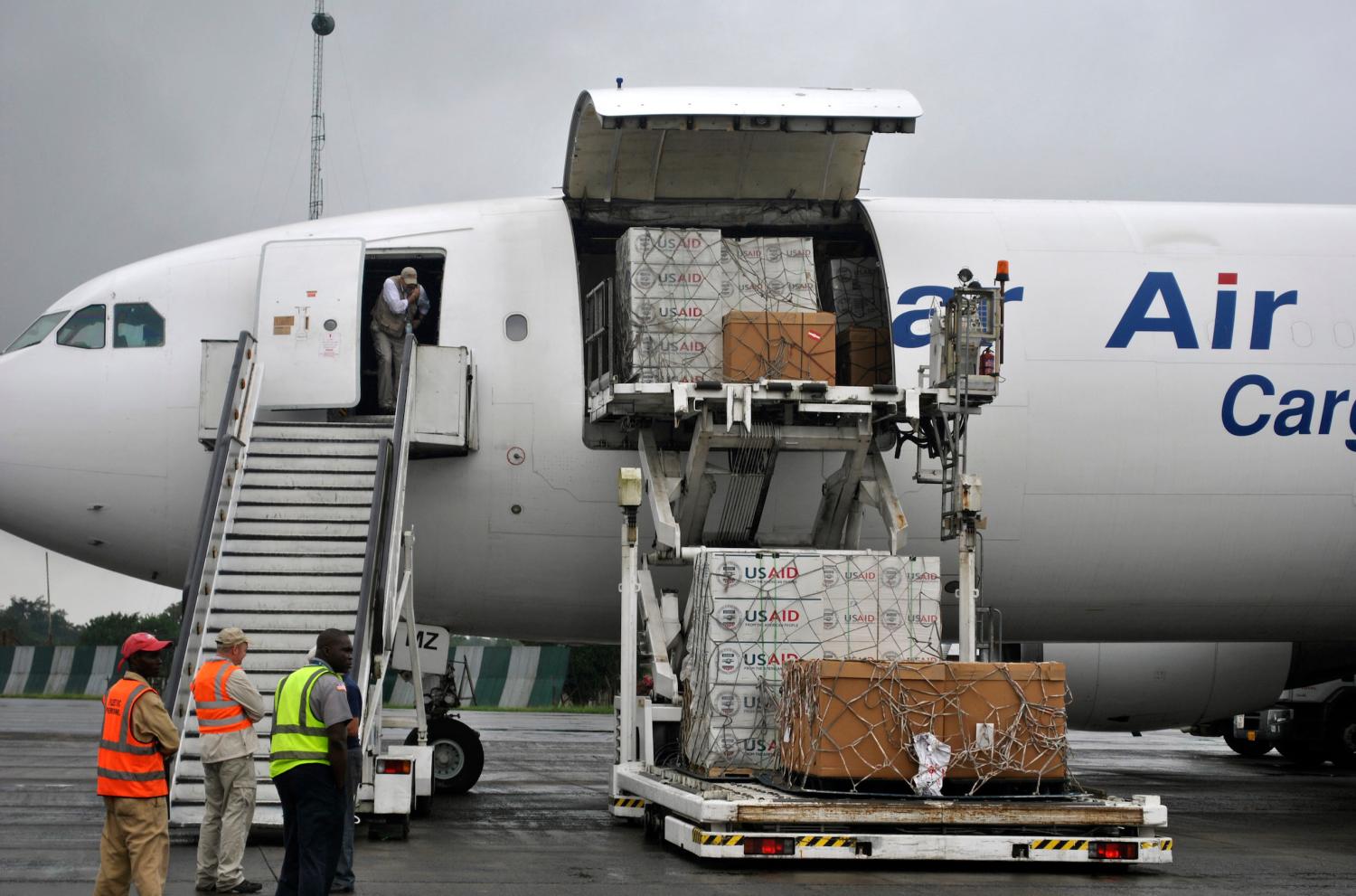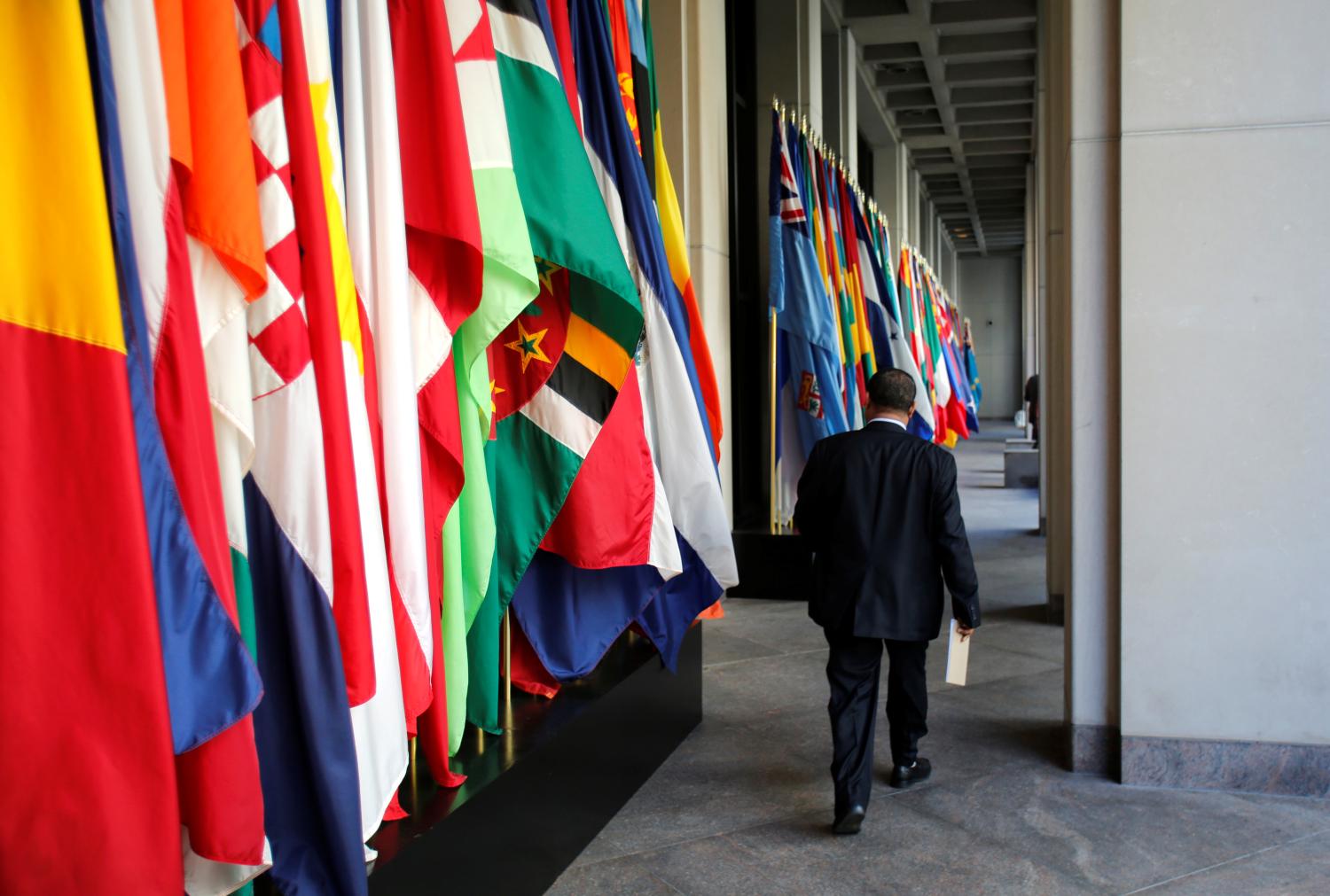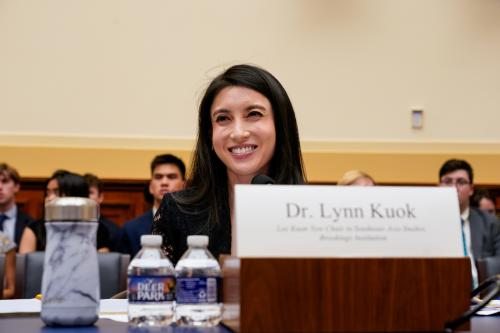The U.S. has been a historic leader in creating and using multilateral institutions to advance American development priorities around the world. Despite its outsized role, the U.S. has never formally completed a comprehensive multilateral aid review (MAR).
This paper makes the case for undertaking a MAR, building on legislation proposed in the U.S. Senate in 2017 to mandate such reviews. It utilizes the two main components of a typical MAR: (1) to explore the value and effectiveness of the multilateral development organizations in which the U.S. is investing, and (2) to gauge the alignment of their activities and programs to U.S. priorities.
It starts with an analysis of U.S. multilateral aid, presenting several conclusions regarding the shifts in U.S. multilateral funding over the past decade:
- The share of U.S. official development assistance (ODA) going to multilateral entities has increased over the past decade. This reflects the opinions of the American public, as polling consistently shows a strong preference for the U.S. to work in partnership with other countries on global issues, balancing global and U.S.-specific interests.
- The increase is largely due to the increased use of purpose-specific multilateral entities, emphasizing particular U.S. priorities. The shift is analogous to the Congressional earmarks and narrowly defined Presidential initiatives that increasingly define the overall U.S. budget for foreign aid.
- The high proportion of earmarked, non-core support for U.N. agencies is in keeping with a general trend among OECD donors. This shift reflects an attempt to preserve U.S. influence, attribution, and control while benefiting from the coordinated and collaborative action that multilateral participation offers.
- The growth in U.S. support of purpose-driven funds also reveals trade-offs being made between investing capital, time, and energy to reform existing multilateral institutions versus creating new institutions or channels.
Key conclusions from the paper’s aggregate analysis of existing MARs, including those completed by the Multilateral Organization Performance Assessment Network (MOPAN), Australia, Denmark, the Netherlands, and the U.K., include:
- MARs offer a credible, evidence-based tool to improve performance and create a race to the top among multilateral organizations. A U.S. MAR would provide evidence that could help the U.S. leverage its longstanding support and leadership of these institutions, and improve transparency of the value that U.S. investments provide to U.S. taxpayers.
- These assessments, when done well, offer complex snapshots of organizational performance, but even the best underemphasize measurement of how well agencies deliver the expected benefits of multilateralism.
- Discreet, case-by-case multilateral assessments are one helpful tool for allocating U.S. assistance within a wide range of options, but they offer limited insight into performance of the overall system.
- Measuring U.S. priorities against the activities of individual organizations, per the typical MAR methodology, underplays the importance of the multilateral development system itself to U.S. strategic interests.
Recommendations for U.S. policymakers include:
- Use MOPAN 3.0 as the basis for assessing the organizational effectiveness of the multilateral organizations that the U.S. funds. MOPAN’s methodology is extensive and rigorous, and the U.S. should draw upon its investment in MOPAN and use its assessments as the core building block for its own MAR.
- With MOPAN 3.0 providing the evidence on performance, focus U.S. government analysis on assessing the degree to which a multilateral organization represents U.S. interests. Such an approach will help maximize the value of U.S. aid investments while insulating decisions from inconsistent methodology that is subjective or anecdotal, and which threatens to penalize well-performing or improving organizations and undermine U.S. credibility.
- Incorporate and measure the attributes of multilateralism more centrally in its assessment. To improve the evidence base and maximize its usefulness, indicators that capture the distinctive dimensions of multilateral institutions should comprise a significant portion of a U.S. MAR. This is a weakness in the current common MAR methodology.
- Clarify policy objectives regarding the role and value of multilateral institutions, as well as that of the multilateral development system, to U.S. development interests. The U.S. should develop a multilateral aid strategy. Such a strategy should transparently identify for the American people the government’s expectations regarding multilateral participation, providing an evidence base that accounts for the advantages of participation as well as the costs, and offers analytical solutions to perceived challenges.
- Take a comprehensive view of U.S. leadership in the multilateral development system. The extent of U.S. involvement and leadership in the multilateral development system puts the U.S. in a uniquely privileged position. Proposed changes in U.S. multilateral funding should be viewed in light of the systemic implications of such moves, including the possibility that norms, development practices, and leadership may shift away from U.S. values and interests.
- Undertake individual assessments on a regular basis, to identify trends and follow changes within particular organizations and the system as a whole. Snapshots offer limited insights, so assessments should be conducted every 3-4 years to develop trends lines and measure the consistency of performance. MOPAN should be appropriately resourced to do this.
The Brookings Institution is committed to quality, independence, and impact.
We are supported by a diverse array of funders. In line with our values and policies, each Brookings publication represents the sole views of its author(s).







